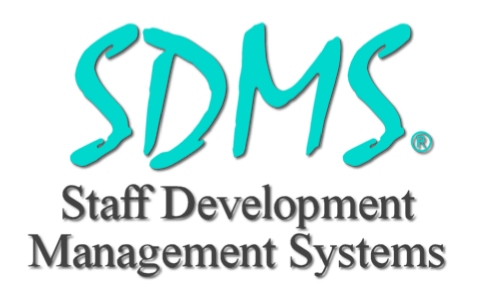The Nohmad sends information via GPRS (the mobile phone network), allowing employees to electronically ‘sign’ in and out when entering or leaving work sites.
Economic to install and easy to use, the Nohmad provides employers with an instant snapshot of where their workers are at any given moment. The worker places their token – about the size of a pound coin, and just as robust – against the base station. The information confirming the identity of the employee and the date and time of their arrival or departure is then sent to a designated server where the data is recorded and can be analysed as required.
Traditional attendance terminals operating in real time generally need to be connected to some sort of physical communications network, often the user’s LAN. The Nohmad does not. These advantages, along with its modest costs, make it an ideal device for Industry sectors, supplying low margin services across multiple sites that also require both accurate and immediate attendance records.
The Nohmad Terminal brings together two modern technologies. A portable electronic ID housed in a durable stainless steel can called an iButton™, and the GPRS wireless network used by mobile phone users worldwide.
GPRS is a data service available to users of GSM (Global System for Mobile Communications). Unlike a normal phone call, GPRS connections are ‘always on’ and are charged by the amount of data transferred instead of the length of time the call is made for. This is ideal for a real-time device like the Nohmad, where data has to be sent to the host immediately but occurs at irregular intervals.
Each iButton™ has a unique and unalterable identity which is used by the Nohmad to identify individuals using the system. A user simply touches their iButton™; onto the Nohmad Reading Device and the ID number is picked up instantaneously. Visual and audio indicators provide user feedback.
The Nohmad adds the current date and time to the user’s ID and sends this data as a TCP/IP message to a host server, anywhere in the world. The information is usually available for processing within moments. If the GPRS network is temporarily unavailable, Nohmad stores the data in internal memory and then sends the stored data as soon as a network connection is re-established.

SDMS Nohmad Integration
Collecting attendance data automatically can be a great benefit by reducing data entry and ensuring accuracy of data.
Each person would have their own iButton tag to clock in and out with. This tag will have a unique ID which will be used to identify the person when updating the SDMS data. The Tag ID would be assigned to a person as a Staff PIN Number.
The Nohmad terminals receive only one type of data. Each time a tag is read, the time and tag ID is recorded. This record is not considered by the Nohmad terminal to be either clocking in or out. It is simply a record that a tag was read. So with this in mind, the integration translates this raw data into details of clocking in and out and breaks. The integration then passes new time-sheet attendance records to the SDMS V HRPersonnel with clocking in and out times. including breaks for each person.
The integration comes in two parts. The first is a windows service that connects with the Nohmad devices and stores the clocking data on the SDMS server. the second is the SDMS Feedback Data Import which uses this stored data.
Clocking data is recorded on the SDMS server and is used to update the timesheet and attendance records, for staff in the SDMS V HRPersonnel System. If preferred, the update can be run manually by the user on a periodic basis. It can also be configured to run automatically, on a schedule, providing a seamless quick and accurate data collection flow from the point of capture to the new time sheet record in the SDMS V HRPersonnel System.









